While DSLRs still have their place for traditionalists, there's no doubt that mirrorless cameras are the most exciting models around for their cutting-edge features and versatility. But what exactly is a mirrorless camera? And what should you bear in mind before deciding which one's the right one for you? We've answered all this and more below.
Looking for a quick answer to the best mirrorless camera for most people? Our top choice right now is the Nikon Z6. It's small and light for a full-frame camera, without compromising on Nikon's signature handling, and combines great image quality with a superb electronic viewfinder. While it doesn't have many native lenses right now, you can pair it with hundreds of existing ones via an adaptor.

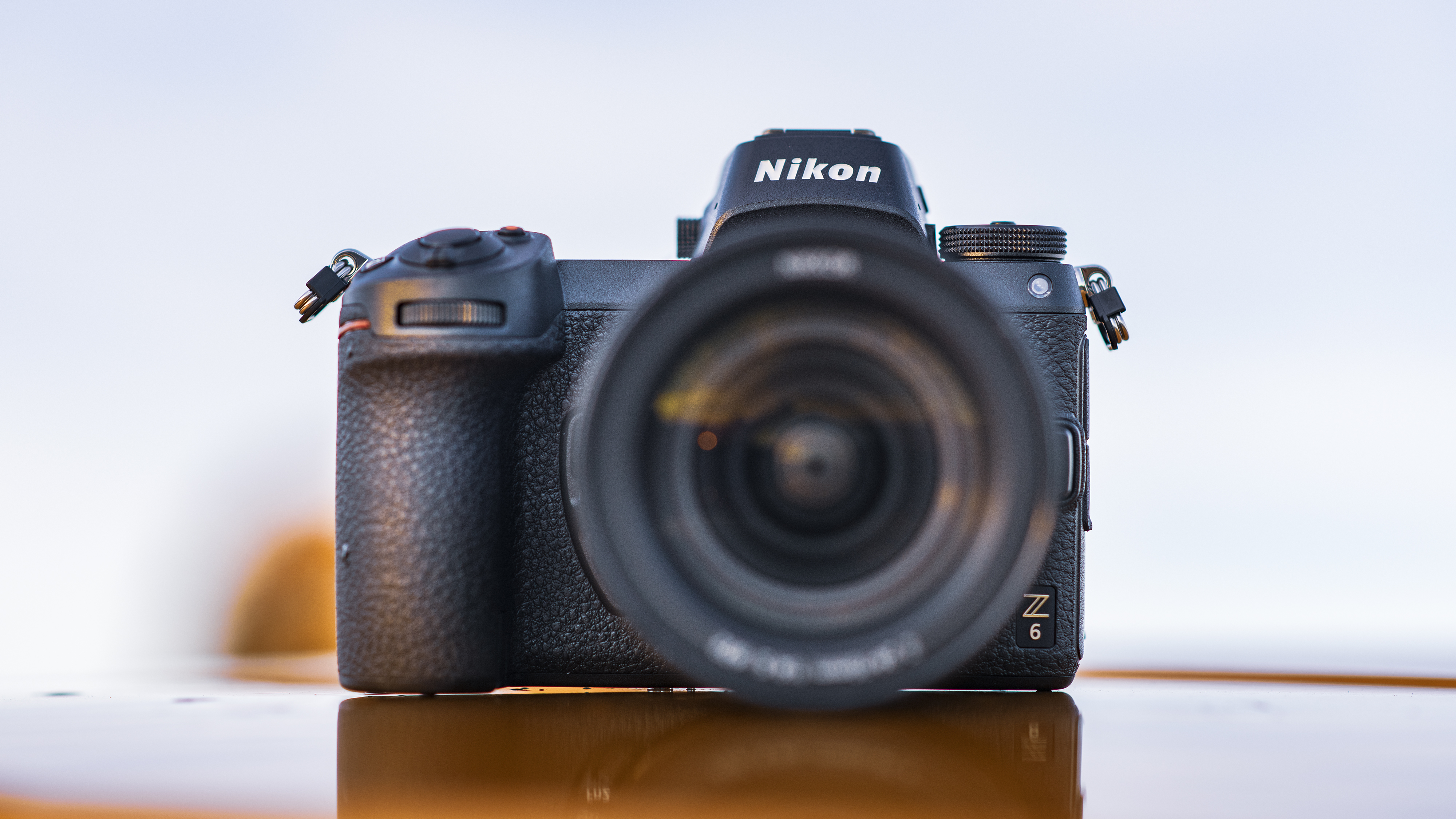
Sony may have got to the full-frame mirrorless market before the likes of Canon, Nikon and Panasonic, but now that all four are active in the sector, the playing field is starting to level a little. And our nod right now goes to Nikon's Z6, which combines a sound 24.5MP sensor with a super-sharp 3.69 million dot EVF and lovely 4K video into a compact shell. The beefy grip makes for great handling while the FTZ adapter that's either bundled with the camera or available separately means you can carry on using hundreds of F-mount lenses, with autofocus and auto-exposure maintained. It's not perfect, but a recent firmware update gave it a nice boost – and now that its price has fallen some way it's even more accessible than ever. We love it.

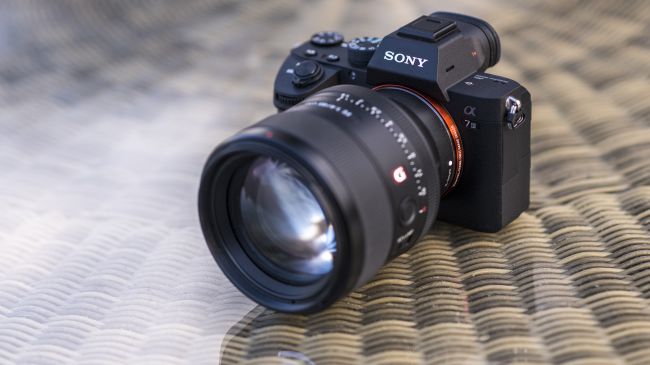
The Alpha A7 III may sit on the bottom rung of Sony's full-frame mirrorless camera range, its siblings being the pricier A7S II and A7R III, but it should no longer be seen as the poor relation to its pricier siblings. This is a brilliant choice for the enthusiast photographer or pro, and when you look at the specification, it's easy to see why. Sony has taken some of the best bits from its flagship Alpha A9 and A7R III cameras, and distilled them into a single camera that offers a fantastic mix of performance and image quality. The full-frame 24.2MP sensor is excellent in a range of lighting conditions, while the advanced 693-point AF looks set to get even better with a firmware upgrade in April. This is one advanced camera that's at a great price considering the features and performance on offer.

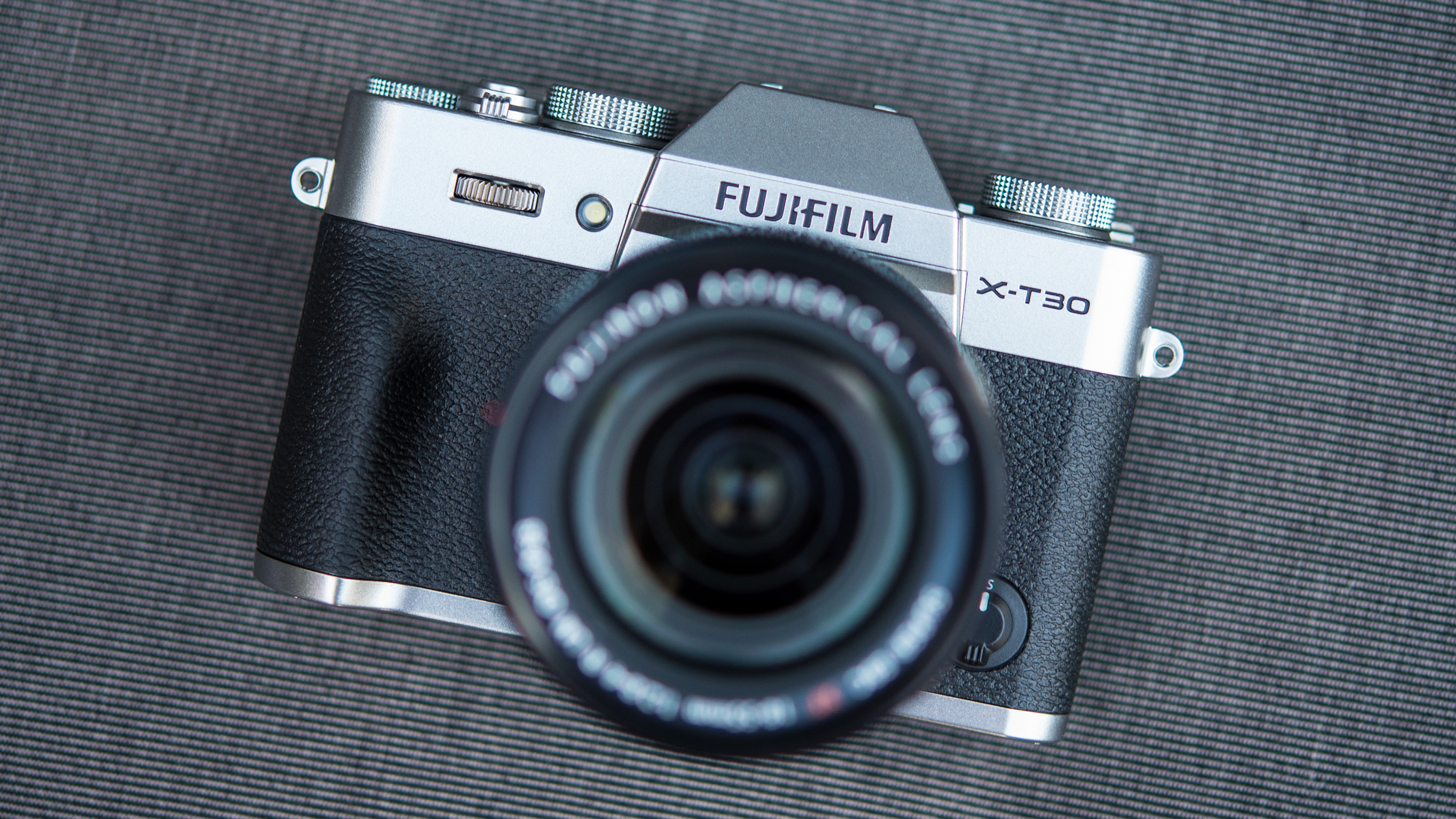
Looking for a small, powerful mirrorless camera with a great design and lens system? The Fujifilm X-T30 is our favorite right now. While we love its bigger brother, the X-T3 (position number 8), this model's combination of size and all-round performance makes it one of our favorite cameras of 2019. You get more than you might expect from the X-T3, including the same 26.1MP APS-C sensor and processing engine, making it suitable for everything from sports snapping to landscape photography. This is helped by a phase-detect AF system that covers almost the entire frame, plus the usual range of Fujifilm's excellent Film Simulation modes, which subtly ape the company's old film looks. Throw in the option of recording 4K video and you have a fantastic all-rounder that actively encourages you to get out and shoot.

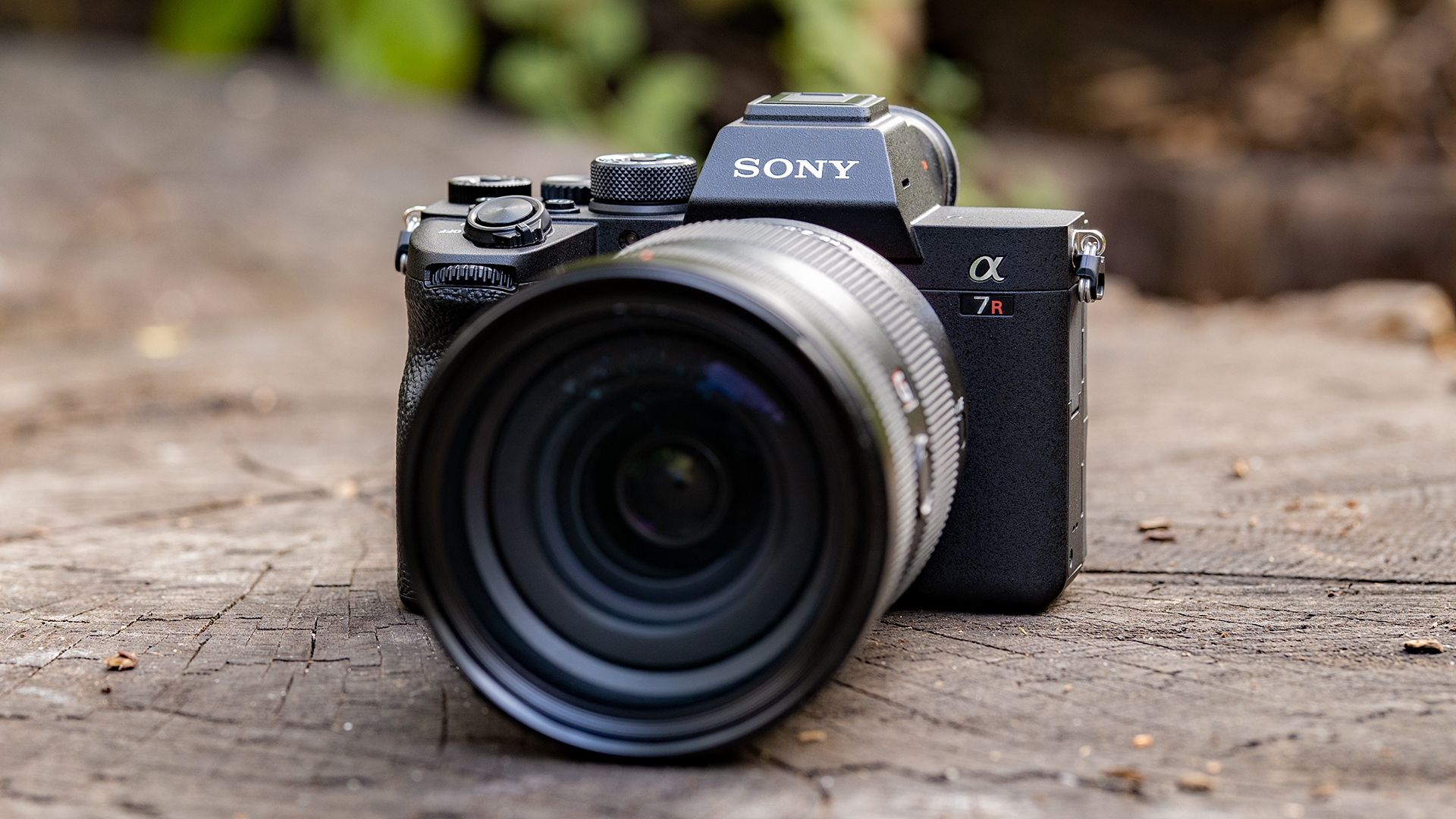
Sony's A7R line of cameras has been all about resolution, and the A7R IV delivers a lot more of it than ever before. Its class-leading 61MP delivers an excellent level of detail, augmented by the impressive Pixel Shift Multi Shooting mode. An update to the autofocus system has made it faster and smarter, with face- and eye-detect AF working amazingly well – but with Sony at the helm, there was no doubt about that. The camera body is now even more sturdy and better equipped to handle the worst of the elements while out on field, while the deeper grip makes it comfortable to use over long periods of time. Although the addition of top plate command dial makes the mode dial a little harder to access. And while the A7R series wasn't designed with videographers in mind, video quality here is excellent, even though the rolling shutter effect is an issue.

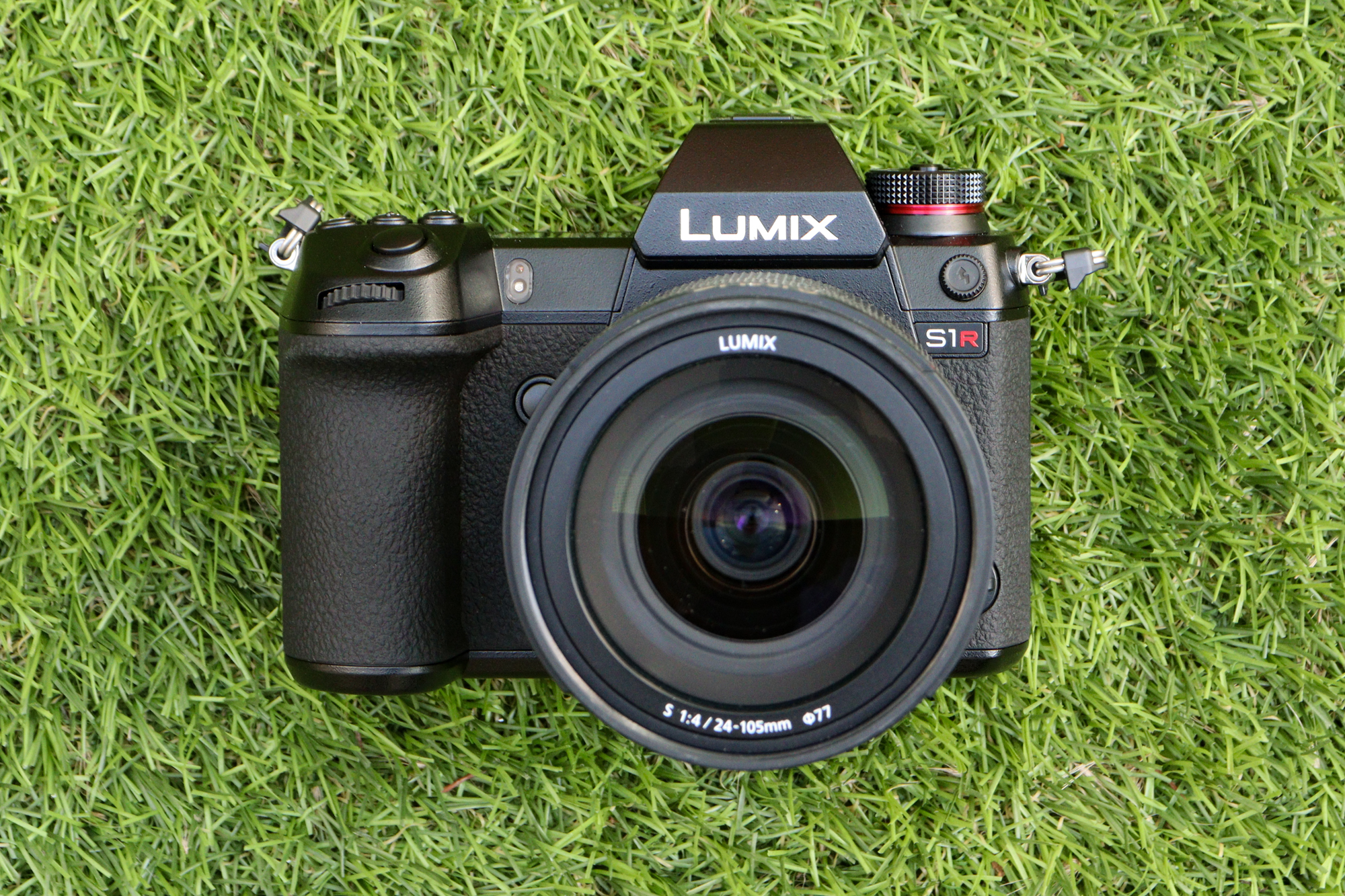
The S1R is the first of two camera's in Panasonic's S series, and it arrives with some mightily impressive technology. That 5.76million-dot viewfinder is streets ahead of the 3.69million-dot alternatives in rival bodies, while the rugged build, effective sensor-based stabilization and cracking 4K video show it to be a camera that excels in a wealth of areas. The 47.3MP full-frame sensor also manages to perform brilliantly in good light and bad, and the further option to output images at 187MP may seem a little crazy, but it opens up new possibilities for cropping and for macro work. We're very impressed.

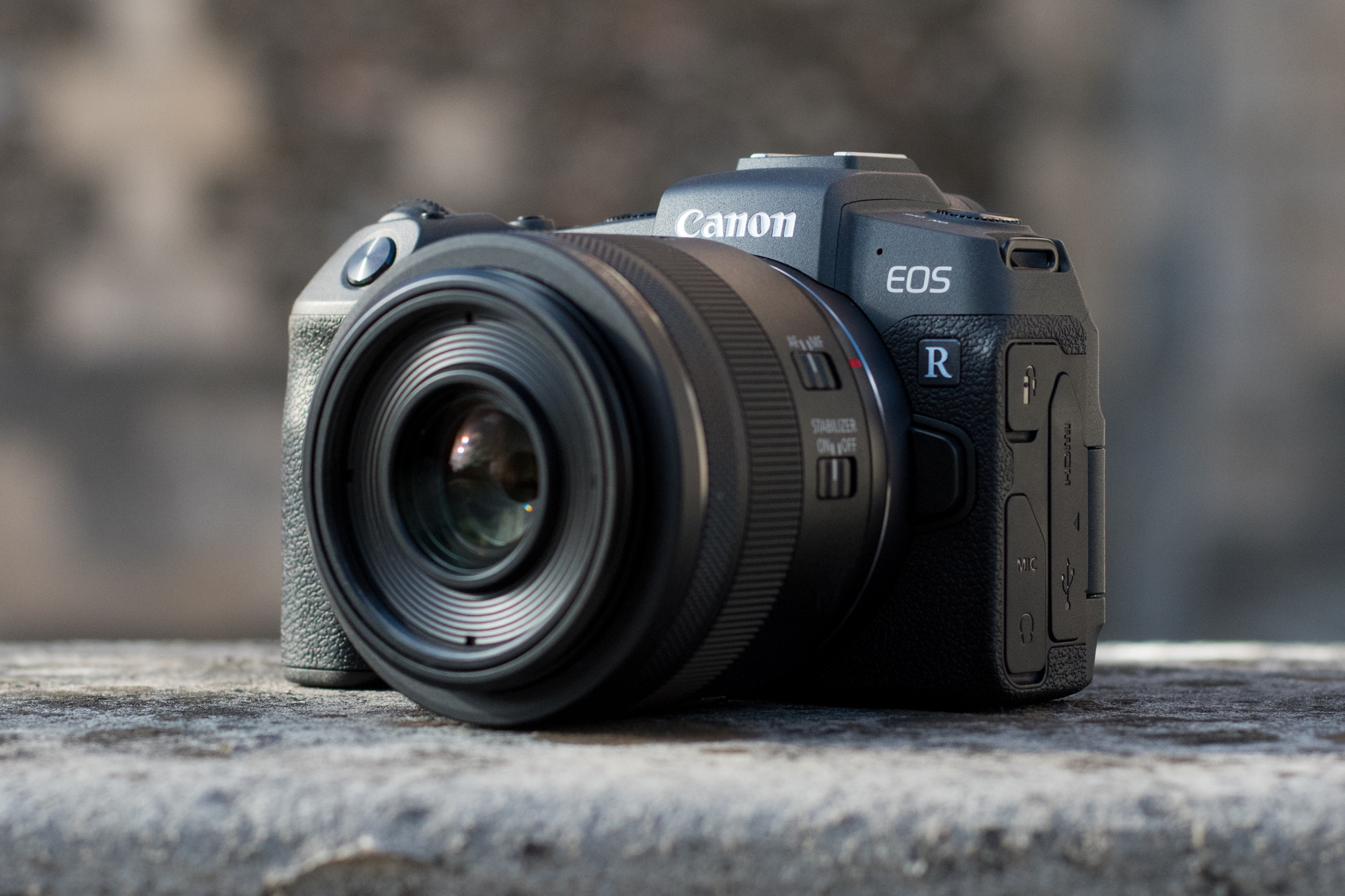
Canon's first full-frame mirrorless camera, the EOS R, delighted in some ways and frustrated in others, but the EOS RP made a much more positive impression. While technically a more junior model and not as fully featured, its much smaller and lighter body, together with a far nicer price, means that it's far more accessible for those who were hoping to make the jump to mirrorless but didn't want to stretch all the way to the EOS R. Without only around 4MP difference between the two you're not really sacrificing much in terms of sensor resolution, while the responsive touchscreen, fast autofocus and deep buffer makes it a pleasure to use in all kinds of situations. And while the native lens range for the R mount are still limited, a lens mount adapter allows users already invested in Canon's ecosystem to use their existing EF lenses.

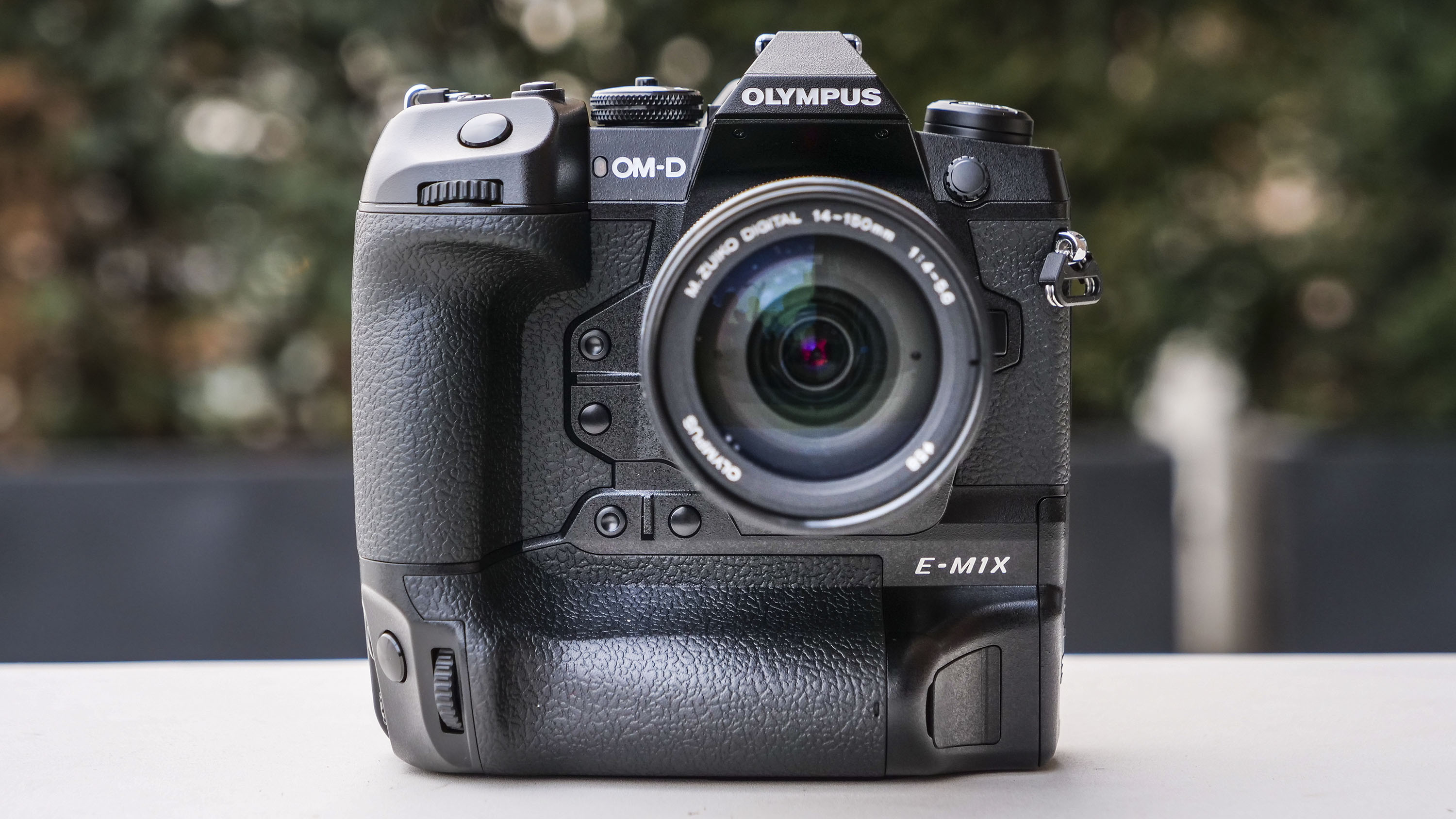
The OM-D E-M1X may look strange to some photography fans, but if form factor isn’t an issue, then this is by far the best Micro Four Thirds (MFT) camera money can buy. In fact, if you can ignore the sensor size, this is arguably the best mirrorless camera money can buy. Despite the smaller sensor size, the E-M1X produces bigger image files than any full-frame camera or medium format camera. And if you thought that this MFT system couldn’t keep up with its new full-frame mirrorless competitors, think again – there are so many features packed into this snapper, it can put Panasonic’s Lumix S1 series and Nikon’s Z series cameras to shame. Boasting up to 60fps RAW burst speed with locked autofocus (AF) and 18fps with AF tracking, the E-M1X is clearly aimed at wildlife and sports photographers. With two image processors under the hood, it is any wonder it can achieve these speeds? Picture quality is fabulous, both with stills and video, and image stabilization is sound. The only reason it features way down in this list is because of the hefty price tag.

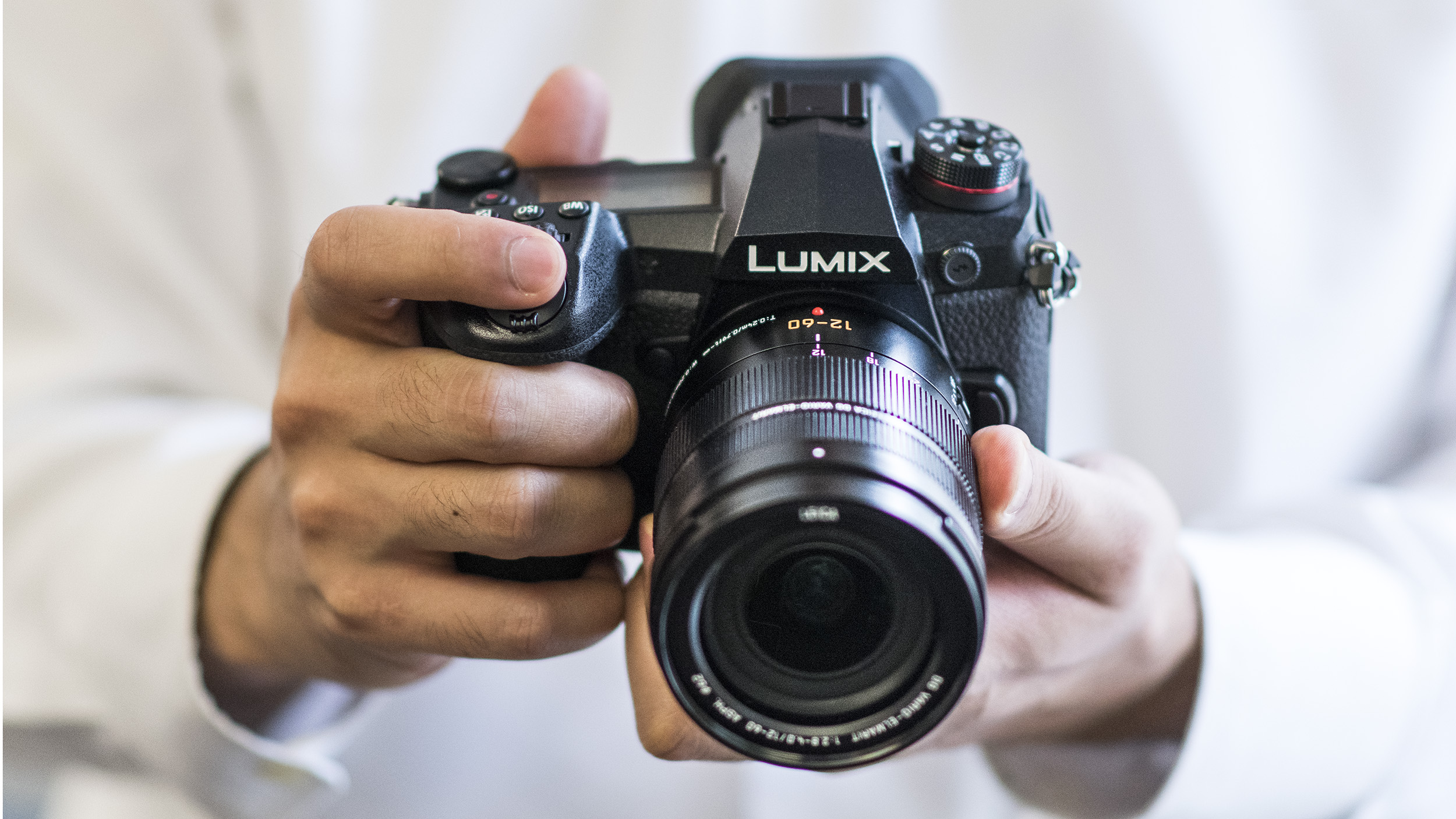
It might not be as great for video as the Lumix GH5, but the G9 prioritizes stills. Like Olympus OM-D E-M1X listed above, the smaller MFT sensor size is made up for by a camera that is packed full of features. Its high resolution combines eight images into a single 80MP photograph, while its amazing image stabilization allows you to shoot handheld for about a second with sharp results. Throw in 60fps shooting, polished handling and a wealth of advanced features and the Lumix G9 is a brilliant all-round mirrorless camera.


Just because this little snapper doesn't have a built-in viewfinder, doesn't mean you can dismiss it out of hand. It more than makes up for it in its specifications list. It compact size and light weight makes it one of the best traveling companions you can get, and its 32.5MP sensor captures excellent images at 14fps. Color reproduction has always been Canon's strong suit and you won't hear us complain here. You won't find built-in image stablilization, but as long as you're aware of that you can compensate for it. You will, however, need to contend with the idea that there are limited lenses for the M-series of snappers but you can use EF and EF-S lenses via an adapter. Just steer clear of the bigger lenses as they will unbalance this tiny package.

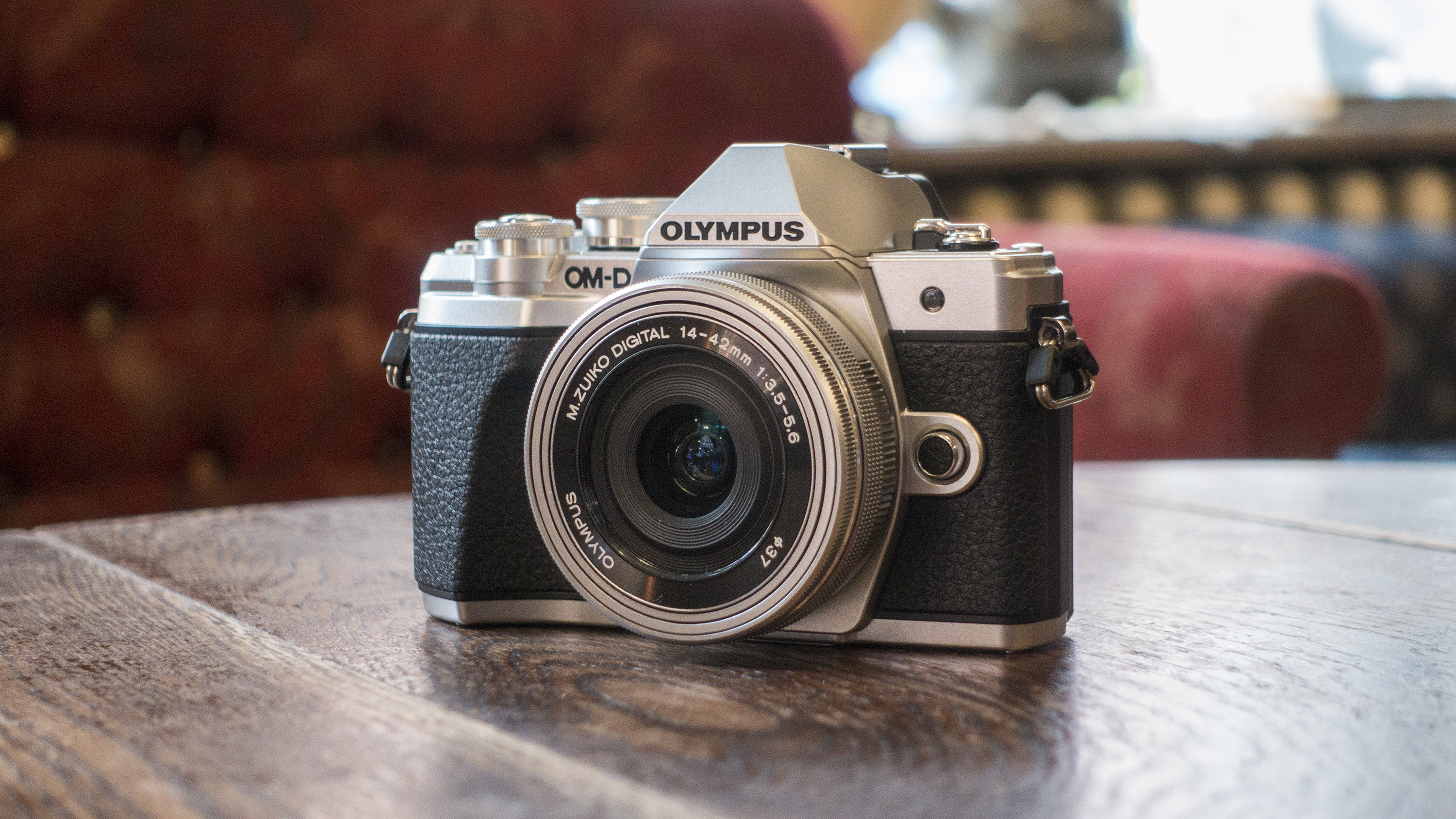
The OM-D E-M10 Mark III might not be a massive leap forward over the Mark II, with much of the camera's specification remaining the same. However, Olympus has refined and tweaked one of our favorite mirrorless cameras to make it an even more tempting proposition for new users and enthusiasts alike. Some will criticise the smaller Micro Four Thirds sensor format, but the effect on image quality is minor and it means that the lenses are as compact and lightweight as the camera itself. Sporting a five-axis image stabilization system, a very decent electronic viewfinder, an impressive 8.6fps burst shooting rate and 4K video, it's no toy – the OM-D E-M10 Mark III is a properly powerful camera. The recently announced Olympus OM-D E-M5 Mark III may yet knock it out of this list when we've had a chance to test it properly, but for now this remains a great buy.

Continue reading...
Looking for a quick answer to the best mirrorless camera for most people? Our top choice right now is the Nikon Z6. It's small and light for a full-frame camera, without compromising on Nikon's signature handling, and combines great image quality with a superb electronic viewfinder. While it doesn't have many native lenses right now, you can pair it with hundreds of existing ones via an adaptor.


Sony may have got to the full-frame mirrorless market before the likes of Canon, Nikon and Panasonic, but now that all four are active in the sector, the playing field is starting to level a little. And our nod right now goes to Nikon's Z6, which combines a sound 24.5MP sensor with a super-sharp 3.69 million dot EVF and lovely 4K video into a compact shell. The beefy grip makes for great handling while the FTZ adapter that's either bundled with the camera or available separately means you can carry on using hundreds of F-mount lenses, with autofocus and auto-exposure maintained. It's not perfect, but a recent firmware update gave it a nice boost – and now that its price has fallen some way it's even more accessible than ever. We love it.


The Alpha A7 III may sit on the bottom rung of Sony's full-frame mirrorless camera range, its siblings being the pricier A7S II and A7R III, but it should no longer be seen as the poor relation to its pricier siblings. This is a brilliant choice for the enthusiast photographer or pro, and when you look at the specification, it's easy to see why. Sony has taken some of the best bits from its flagship Alpha A9 and A7R III cameras, and distilled them into a single camera that offers a fantastic mix of performance and image quality. The full-frame 24.2MP sensor is excellent in a range of lighting conditions, while the advanced 693-point AF looks set to get even better with a firmware upgrade in April. This is one advanced camera that's at a great price considering the features and performance on offer.


Looking for a small, powerful mirrorless camera with a great design and lens system? The Fujifilm X-T30 is our favorite right now. While we love its bigger brother, the X-T3 (position number 8), this model's combination of size and all-round performance makes it one of our favorite cameras of 2019. You get more than you might expect from the X-T3, including the same 26.1MP APS-C sensor and processing engine, making it suitable for everything from sports snapping to landscape photography. This is helped by a phase-detect AF system that covers almost the entire frame, plus the usual range of Fujifilm's excellent Film Simulation modes, which subtly ape the company's old film looks. Throw in the option of recording 4K video and you have a fantastic all-rounder that actively encourages you to get out and shoot.


Sony's A7R line of cameras has been all about resolution, and the A7R IV delivers a lot more of it than ever before. Its class-leading 61MP delivers an excellent level of detail, augmented by the impressive Pixel Shift Multi Shooting mode. An update to the autofocus system has made it faster and smarter, with face- and eye-detect AF working amazingly well – but with Sony at the helm, there was no doubt about that. The camera body is now even more sturdy and better equipped to handle the worst of the elements while out on field, while the deeper grip makes it comfortable to use over long periods of time. Although the addition of top plate command dial makes the mode dial a little harder to access. And while the A7R series wasn't designed with videographers in mind, video quality here is excellent, even though the rolling shutter effect is an issue.


The S1R is the first of two camera's in Panasonic's S series, and it arrives with some mightily impressive technology. That 5.76million-dot viewfinder is streets ahead of the 3.69million-dot alternatives in rival bodies, while the rugged build, effective sensor-based stabilization and cracking 4K video show it to be a camera that excels in a wealth of areas. The 47.3MP full-frame sensor also manages to perform brilliantly in good light and bad, and the further option to output images at 187MP may seem a little crazy, but it opens up new possibilities for cropping and for macro work. We're very impressed.


Canon's first full-frame mirrorless camera, the EOS R, delighted in some ways and frustrated in others, but the EOS RP made a much more positive impression. While technically a more junior model and not as fully featured, its much smaller and lighter body, together with a far nicer price, means that it's far more accessible for those who were hoping to make the jump to mirrorless but didn't want to stretch all the way to the EOS R. Without only around 4MP difference between the two you're not really sacrificing much in terms of sensor resolution, while the responsive touchscreen, fast autofocus and deep buffer makes it a pleasure to use in all kinds of situations. And while the native lens range for the R mount are still limited, a lens mount adapter allows users already invested in Canon's ecosystem to use their existing EF lenses.


The OM-D E-M1X may look strange to some photography fans, but if form factor isn’t an issue, then this is by far the best Micro Four Thirds (MFT) camera money can buy. In fact, if you can ignore the sensor size, this is arguably the best mirrorless camera money can buy. Despite the smaller sensor size, the E-M1X produces bigger image files than any full-frame camera or medium format camera. And if you thought that this MFT system couldn’t keep up with its new full-frame mirrorless competitors, think again – there are so many features packed into this snapper, it can put Panasonic’s Lumix S1 series and Nikon’s Z series cameras to shame. Boasting up to 60fps RAW burst speed with locked autofocus (AF) and 18fps with AF tracking, the E-M1X is clearly aimed at wildlife and sports photographers. With two image processors under the hood, it is any wonder it can achieve these speeds? Picture quality is fabulous, both with stills and video, and image stabilization is sound. The only reason it features way down in this list is because of the hefty price tag.


It might not be as great for video as the Lumix GH5, but the G9 prioritizes stills. Like Olympus OM-D E-M1X listed above, the smaller MFT sensor size is made up for by a camera that is packed full of features. Its high resolution combines eight images into a single 80MP photograph, while its amazing image stabilization allows you to shoot handheld for about a second with sharp results. Throw in 60fps shooting, polished handling and a wealth of advanced features and the Lumix G9 is a brilliant all-round mirrorless camera.


Just because this little snapper doesn't have a built-in viewfinder, doesn't mean you can dismiss it out of hand. It more than makes up for it in its specifications list. It compact size and light weight makes it one of the best traveling companions you can get, and its 32.5MP sensor captures excellent images at 14fps. Color reproduction has always been Canon's strong suit and you won't hear us complain here. You won't find built-in image stablilization, but as long as you're aware of that you can compensate for it. You will, however, need to contend with the idea that there are limited lenses for the M-series of snappers but you can use EF and EF-S lenses via an adapter. Just steer clear of the bigger lenses as they will unbalance this tiny package.


The OM-D E-M10 Mark III might not be a massive leap forward over the Mark II, with much of the camera's specification remaining the same. However, Olympus has refined and tweaked one of our favorite mirrorless cameras to make it an even more tempting proposition for new users and enthusiasts alike. Some will criticise the smaller Micro Four Thirds sensor format, but the effect on image quality is minor and it means that the lenses are as compact and lightweight as the camera itself. Sporting a five-axis image stabilization system, a very decent electronic viewfinder, an impressive 8.6fps burst shooting rate and 4K video, it's no toy – the OM-D E-M10 Mark III is a properly powerful camera. The recently announced Olympus OM-D E-M5 Mark III may yet knock it out of this list when we've had a chance to test it properly, but for now this remains a great buy.
Continue reading...

